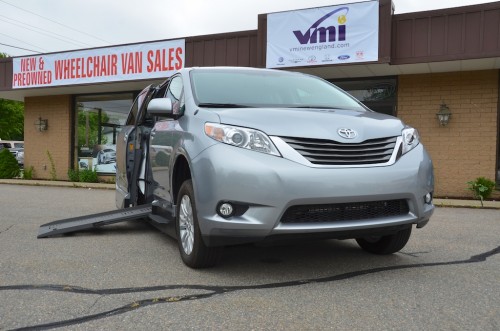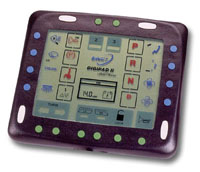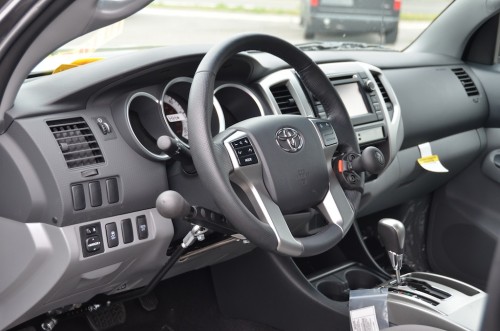Wheelchair Van Repair Maintenance and Body Work

Adaptive Equipment Installation, Repairs and Maintenance Inspections
- Check overall operating condition (abnormal noises, binding, grinding)
- Clean and lube ramp hinges
- Check tightness of ramp motor bolts /hinge bolts / rivets
- Lubricate ramp pivot pin and bushings
- Inspect and lubricate ramp drive arm
- Operate ramp to ensure proper stow deploy switch adjustment
- Verify manual operation of ramp
- Clean door track & floor
- Ensure drain holes are free of debris (lubricate all door hinges and locks)
- Check door alignment and insure correct operation
- Check sliding door harness for damage and proper operation
- Inspect door operation cables
- Inspect door full open switch
- Test battery
- Check kneel system operation, lubricate kneel chain & rollers
- Verify operation of conversion with all switches and remotes
- Check and adjust air tire pressure as posted on “b” pillar
- Vacuum floor / clean ramp
- Inspect and test transfer or jump-seat operation
- Check all wiring for proper routing and condition
- All interior and external lighting (including third brake light)
Scheduled Maintenance for Accessible Vans—Preventive maintenance plays a crucial part in the continued trouble-free operation of your adaptive equipment. All maintenance checks and repairs need to be pre-scheduled in advance. A scheduled check-up should be completed every six months. Most appointments are scheduled Monday through Friday during normal business hours. Please call us at 508-697-6006 to schedule your next service appointment.
While You Wait—Our entire staff wants you to feel at ease while we complete the maintenance and servicing of your vehicle. We provide comfortable reception areas with coffee and cable TV while you wait. For installations or repairs that may take longer then usual, we can have someone take you to a local restaurant or other destination until your automobile or van is ready.
Commercial Customers —VMi New England also provides maintenance, body work, automotive painting and repair services to commercial customers with ambulettes, paratransit buses, transport vans, and other wheelchair accessible vehicles equipped with Braun, Ricon, VMI and Maxon wheelchair lifts.




